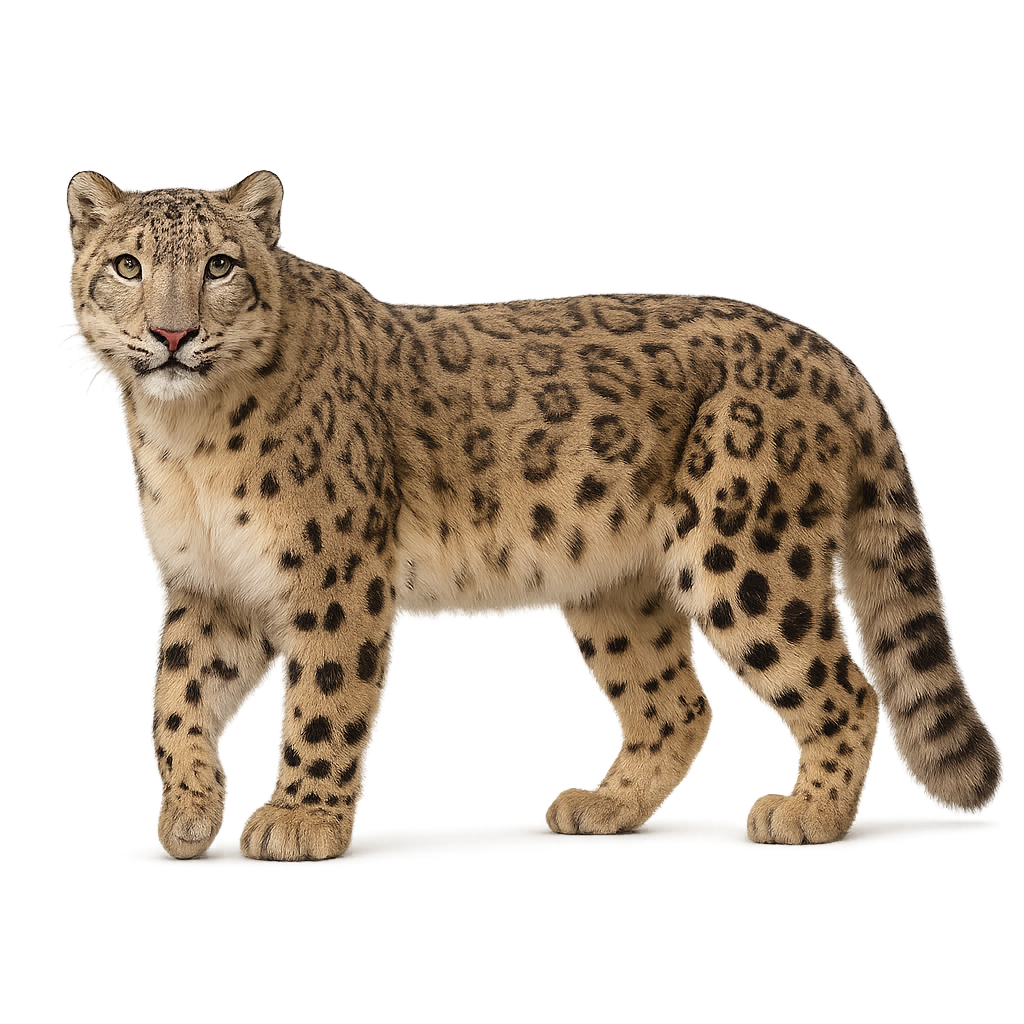Your wildlife photography guide.
Explore the snow leopard in detail, study its behavior, prepare your shots.
Where to observe and photograph the snow leopard in the wild
Learn where and when to spot the snow leopard in the wild, how to identify the species based on distinctive features, and what natural environments it inhabits. The WildlifePhotographer app offers tailored photography tips that reflect the snow leopard’s behavior, helping you capture better wildlife images. Explore the full species profile for key information including description, habitat, active periods, and approach techniques.
Snow Leopard
Scientific name: Panthera uncia

IUCN Status: Vulnerable
Family: FELIDAE
Group: Mammals
Sensitivity to human approach: Very shy
Minimum approach distance: 60 m
Rut period: January to March
Gestation: 90-103 jours
Births: April to July
Habitat:
High-altitude rocky areas and cold steppes
Activity period :
Active at dawn and dusk, ideal moments for observation.
Identification and description:
The Snow Leopard, also known as the ounce, is a large cat primarily found in the mountains of the Himalayas, Tibet, Central Asia, and the Pamir Mountains. It measures between 1.1 and 1.3 meters in length, with a tail of 80 to 100 cm, and weighs between 27 and 55 kg. Its thick, dense fur, which is light gray to white with dark rosettes, allows it to blend perfectly into its snowy environment. The Snow Leopard is a solitary carnivore, primarily feeding on wild goats, sheep, small deer, and sometimes small mammals. It is an excellent climber and stealthy hunter, capable of pouncing on its prey from high ground. Unfortunately, this species is threatened by illegal hunting, poaching, and habitat loss. It is currently listed as "vulnerable" by the IUCN.
Recommended lens:
300 mm – adjust based on distance, desired framing (portrait or habitat), and approach conditions.
Photography tips:
Approach slowly and discreetly, using a telephoto lens, as the snow leopard is a solitary, secretive animal and difficult to spot in the mountains.
Photograph early in the morning or late in the afternoon, when the light is soft and the snow leopard is more active, often foraging for food or moving through rugged terrain.
Capture moments of natural behavior: The snow leopard primarily hunts small mammals, birds, and occasionally ungulates. Wait for moments when it is moving or resting in its mountainous environment.
Be patient and respectful: The snow leopard can spend a lot of time silently moving through the mountains. Stay at a respectful distance and wait for moments when it is more visible without disturbing its activity.
The snow leopard is a vulnerable species due to habitat loss, poaching, and climate change. It is essential to respect its natural environment, especially in cold and isolated mountainous regions. Follow local conservation rules to preserve this rare and majestic species.
The WildlifePhotographer App is coming soon!
Be the first to explore the best nature spots, track rutting seasons, log your observations, and observe more wildlife.
Already 1 427 wildlife lovers subscribed worldwide

